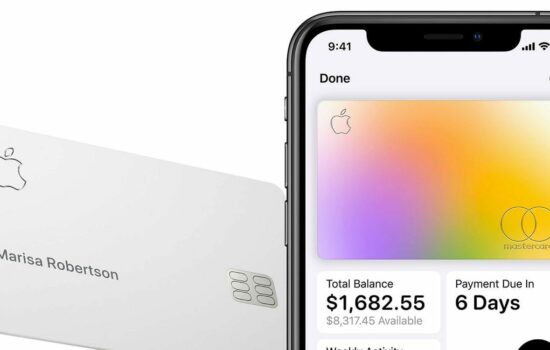For a few years, foldable smartphones are a thing; however, as with other first-generation device categories, the earliest of those devices came with compromises such as use of plastics on displays that are prone to scratching and visible creases along the display. While the technology for those devices have been improved with products like the Galaxy Z fold, Apple has yet to introduce its own foldable smartphone. Apple has always been known to get things right, rather than being the first, when it comes to entering into any market, and Apple’s development towards a foldable will be no exception. In fact Apple may be raising the bar with its incoming foldable display technology, and here’s how Apple may do so.
If we take a look at the current Galaxy Z Fold, Samsung uses on-cell tough technology by having a separate touch layer on top of the OLED display, this would create a gap between those layers. What Apple has been doing with all of its current iPhone and iPads (except for the base A16 iPad) is using in-cell touch technology by fusing both the touch layer and the TFT layer into a single component. By laminating the display directly to the glass, this helps reduce thickness and internal reflection overall. It also improves the optical quality as the display is sitting right on top of the glass, making the screen feel much closer as you interact with it.
The latest rumor from an account (yeux1122 on Korean Naver blog) suggests that Samsung has achieved this breakthrough for foldable displays. It’s definitely a huge challenge, especially to laminate a display directly to the glass that will need to fold, but this engineering feat will allow for an even sturdier display structure.
With that said, we can expect the same display technology to make its way to the upcoming “iPhone Fold”. Ming-Chi Kuo expects that device to feature a 7.8-inch inner display, a 5.5-inch outer display, two rear cameras, one front camera, and Touch ID power button since the device that would be just as slim as a MacBook’s display would be too thin to house a TrueDepth camera system. The device is expected to be about 4.5mm when unfolded, and around 9mm when unfolded. Despite of that, it’s expected to feature a high-density battery.
Just as Apple achieved exceptional levels of color accuracy, brightness levels, deeper blacks, and contrast ratios on OLED displays with the iPhone X and tandem OLEDs on the M4 iPad Pro, we can expect Apple to achieve the same quality for its upcoming “iPhone Fold”. Mark Gurman also expects it to mitigate one of the biggest caveats on a foldable by having a “nearly invisible” crease when unfolded. This device is expected to make its debut in fall of 2026, so next year is going to be a huge year for Apple.








